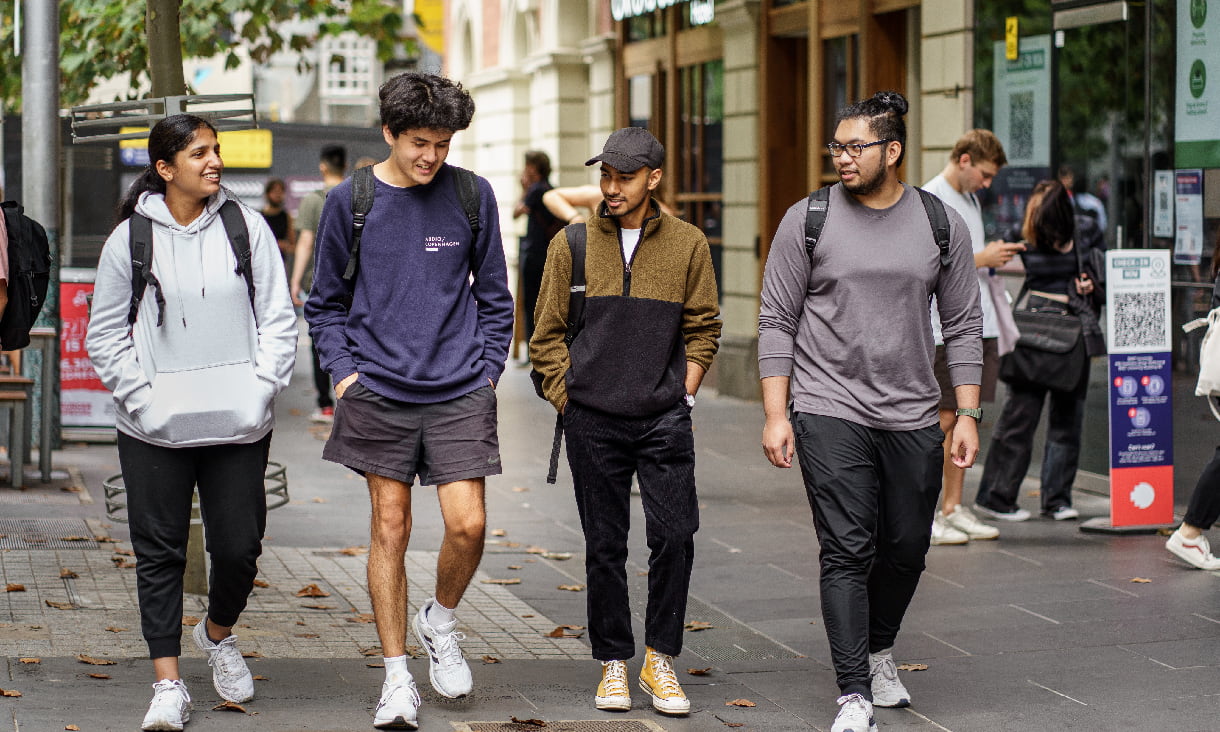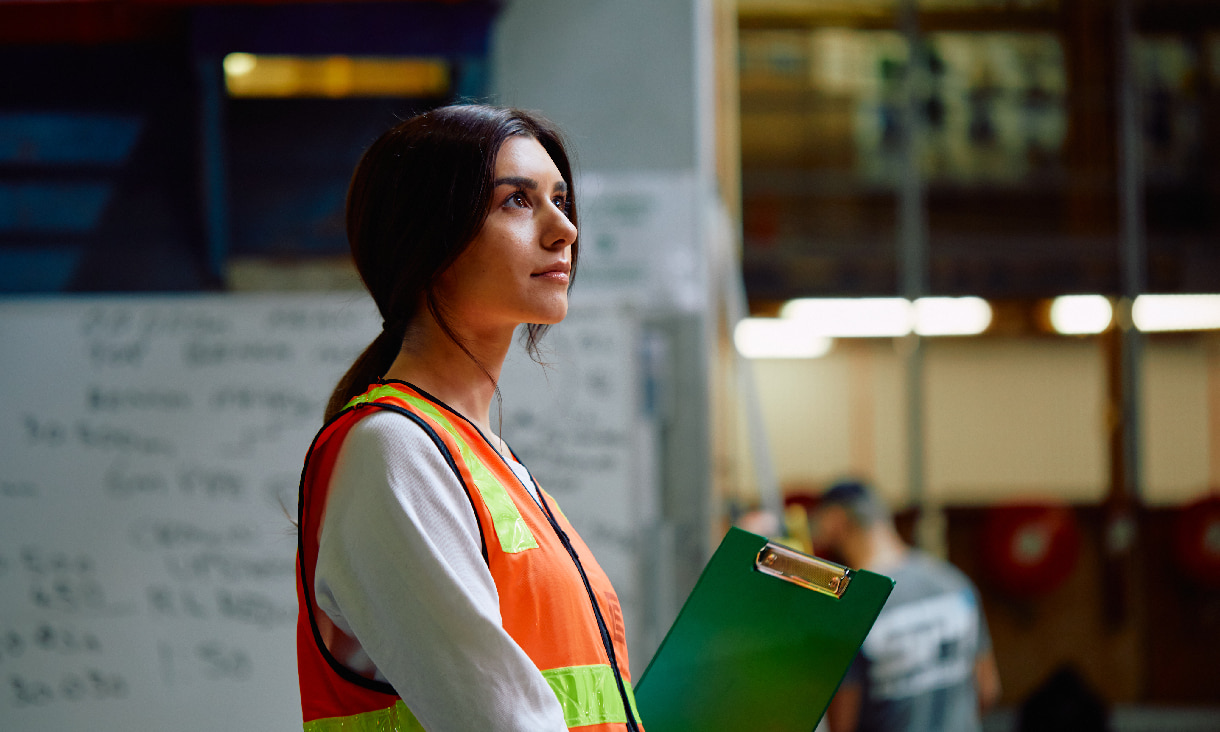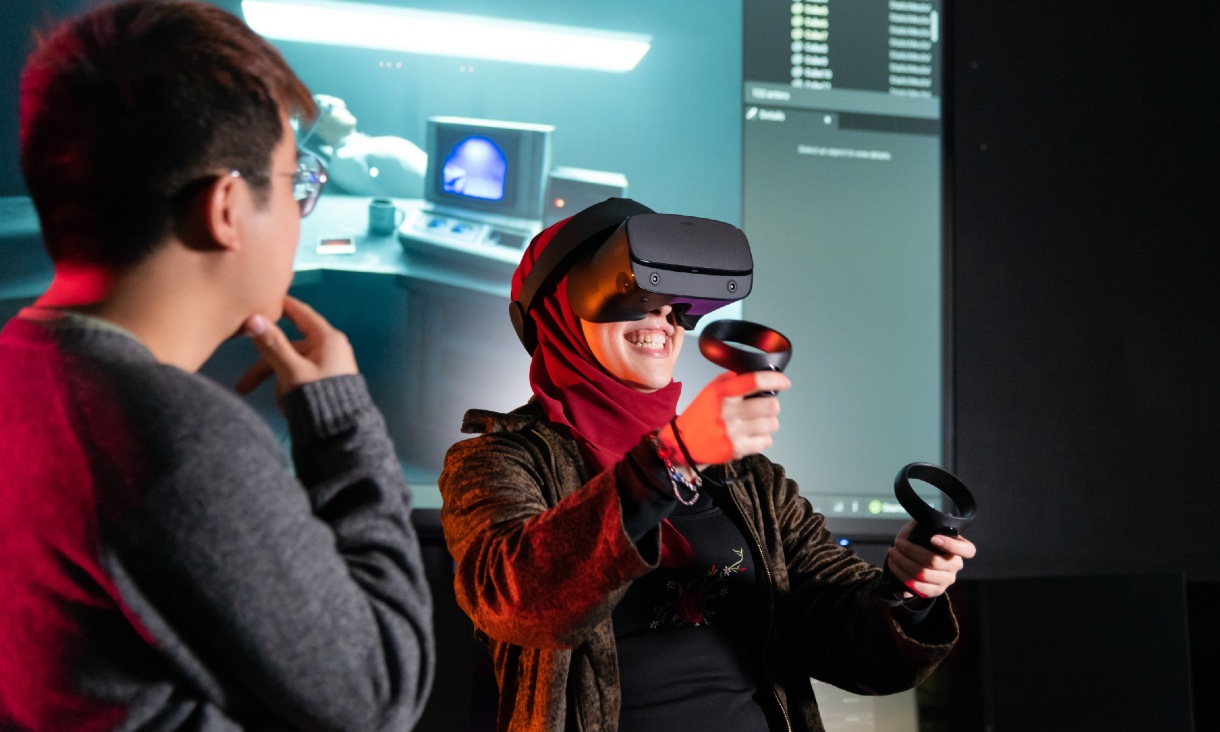Before you decide whether university or TAFE is for you, you first need to know the differences between the two.
What is university?
For high school students, university usually means a bachelor’s, associate or honours degree. These are also known as undergraduate courses, and typically take up to four years of full-time study to complete. When people think of university study, they often think of a bachelor’s degree, but other options include associate degrees (which take less time than a bachelor’s degree) to honours degrees (which take more time and include additional research or placement components). At RMIT, these degrees are designed to kickstart your career by giving you a strong foundation of knowledge and industry experience.
RMIT also offers postgraduate courses, including master's, graduate certificates or graduate diplomas. These courses are specifically for students who have already completed tertiary studies and are looking for further qualifications. Postgraduate courses give you the in-depth skills needed to become a leader in your field.
So, what is TAFE?
TAFE, also known as vocational study, includes certificates and diplomas. Some can be completed in as little as six months, while others involve two years of full-time study. Generally, vocational study is designed to help you start your career sooner. RMIT’s TAFE courses give you the skills to work in a technical or specialist career, such as computer science, construction, dental studies, and youth work.
One misconception that you might have heard about TAFE is that it only involves courses for different trades, like plumbing or building.
RMIT’s Deputy Vice Chancellor Vocational Education Mish Eastman says that vocational education is essential for helping fill skills shortages in Australia’s fastest growing industries.
“When our high school students hear their parents and other adults talk about the TAFE experience, it’s of a TAFE that existed 20-30 years ago. This is a long way from the contemporary [vocational] experience, which has undergone an enormous and very positive change.
“Trades are an important and necessary part of the [vocational] system. However, they're not the only part. Many people don't realise the [vocational] system provides meaningful and lifelong career opportunities in many areas of economic significance such as advanced manufacturing, engineering, health, dental, community services, entrepreneurship, IT and cybersecurity.”
While TAFE is a great standalone option, it’s also a great way to pathway into a university course in a diverse range of study areas, if you have one in mind.







